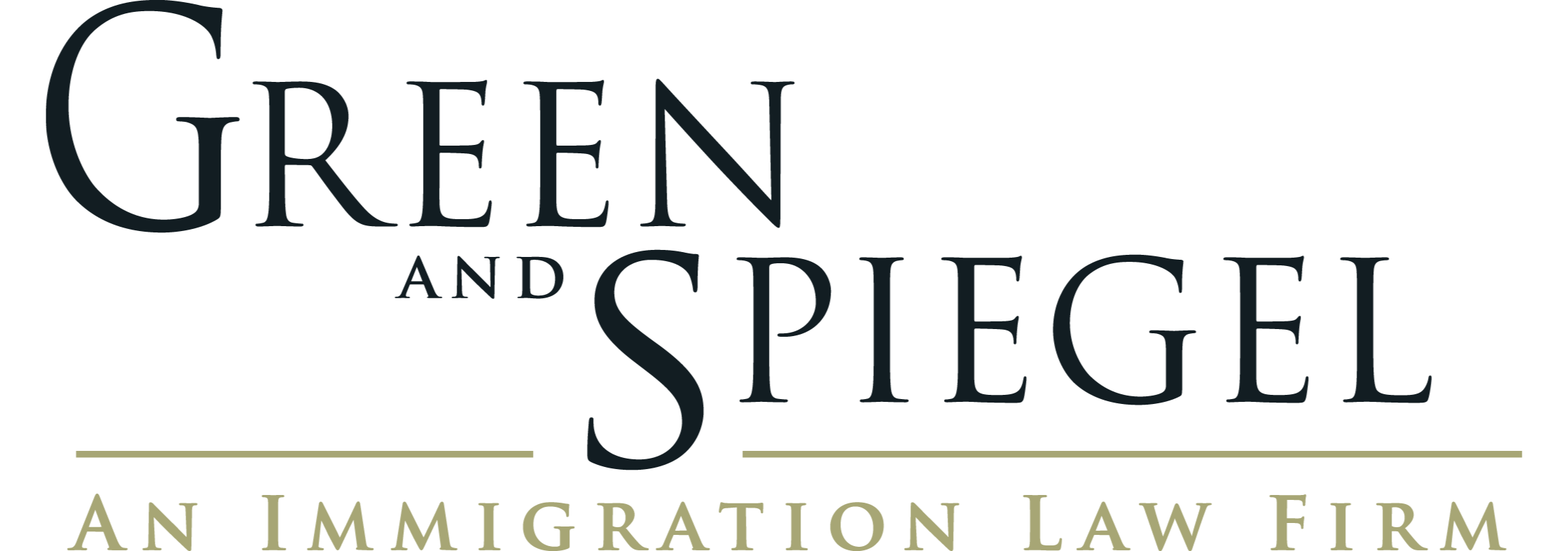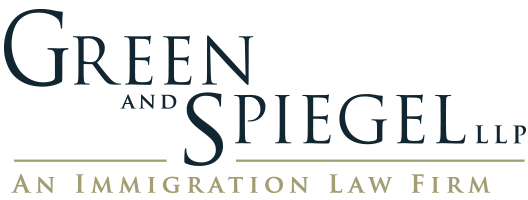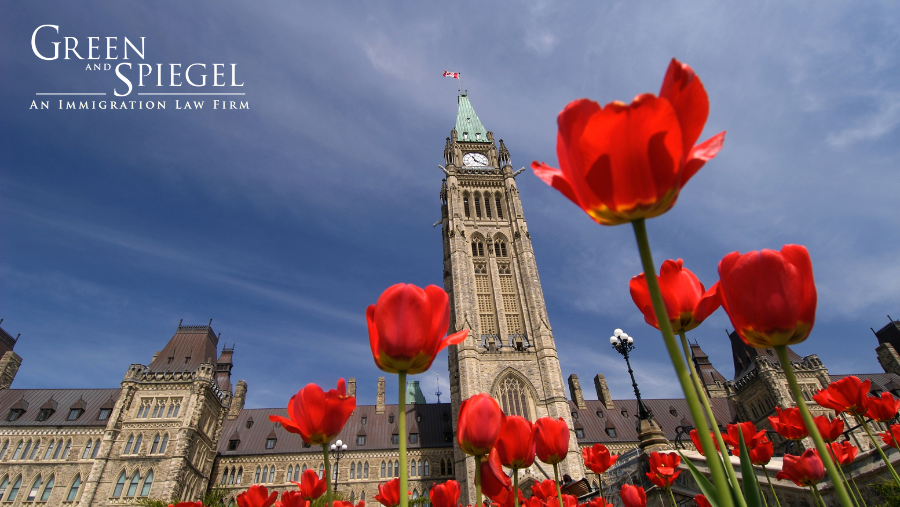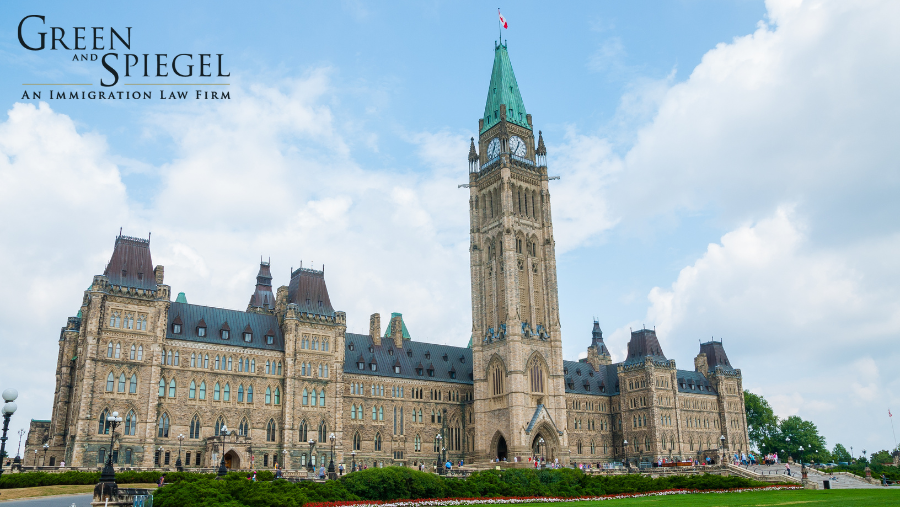To limit the spread of COVID-19, governments around the world have implemented new measures to control travel and immigration between borders. Canada is no different. The federal government has enacted multiple emergency orders to protect public health and minimize the risk of large scale COVID-19 transmission.
After entering Canada (without a quarantine exemption), individuals must transit to their place of quarantine immediately, regardless of whether they exhibit symptoms of the virus. They must remain at their place of quarantine until the 14-day period is complete. Individuals must organize the delivery of groceries, medicines, and other necessary goods as to remain in their place of quarantine on arrival. Public Health Officers can and have followed up with quarantined individuals by calling and visiting them to ensure they are abiding by the Quarantine Act.
Individuals who breach their quarantine or do not adhere to their 14-day requirement have committed an offence under the Quarantine Act. Maximum penalties include a fine of up to $750,000 or imprisonment for six months. Moreover, individuals who wilfully or recklessly contravene the Quarantine Act may be liable for up to $1,000,000 or imprisonment of up to three years.
The Order in Council concerning mandatory isolation provides for exemptions from the quarantine requirement.[1] Upon arrival in Canada, Canada Border Services Agency (CBSA) Officers can communicate with the Public Health Agency of Canada to issue quarantine exemptions at the port of entry. Quarantine exemptions are issued on arrival in Canada. They cannot be issued beforehand for the majority of travellers, and they do not provide a blanket exemption for all future travel to Canada.
Once a traveler qualifies for a quarantine exemption, the individual is permitted to move freely, pursuant to local travel restrictions or health orders. However, individuals must wear a non-medical mask or face covering when unable to physically distance in a public space during the 14-day period they would have isolated for.
The most frequently applied for quarantine exemption for travellers into Canada is where a person’s presence is required to perform an essential service in Canada.
Public Safety Canada has provided a list of sectors classified as essential due to their support of critical infrastructure and the effective functioning of society. They include:
- Energy and Utilities;
- Information and Communication Technologies;
- Finance;
- Health;
- Food;
- Water;
- Transportation;
- Safety;
- Government; and
- Manufacturing.
To qualify for the essential service exemption, the individual entering Canada must prove that their job:
- is essential,
- is urgent, and
- requires in-person attendance.
CBSA Officers will question travellers and ensure their jobs meet the high threshold of essentiality determined by Public Health.
In addition to the essential service exemption from quarantine, other exemptions exist based on specific circumstances. They include:
- a crew member as defined in subsection 101.01(1) of the Canadian Aviation Regulations or a person who enters Canada only to become such a crew member;
- a member of a crew as defined in subsection 3(1) of the Immigration and Refugee Protection Regulations or a person who enters Canada only to become such a crew member;
- a person who enters Canada at the invitation of the Minister of Health for the purpose of assisting in the COVID-19 response;
- a member of the Canadian Forces or a visiting force, as defined in section 2 of the Visiting Forces Act, who enters Canada for the purpose of performing their duties as a member of either of those forces;
- a person or any person in a class of persons whose presence in Canada is determined by the Minister of Foreign Affairs, the Minister of Citizenship and Immigration or the Minister of Public Safety and Emergency Preparedness to be in the national interest, as long as the person complies with any conditions imposed on them by the relevant Minister to minimize the risk of introduction or spread of COVID-19;
- a person who is permitted to work in Canada as a provider of emergency services under paragraph 186(t) of the Immigration and Refugee Protection Regulations and who enters Canada for the purpose of providing those services;
- a person who enters Canada for the purpose of providing medical care, transporting essential medical equipment, supplies or means of treatment, or delivering, maintaining or repairing medically-necessary equipment or devices, as long as they do not directly care for persons 65 years of age or older within the 14-day period that begins on the day on which the person enters Canada;
- a person who enters Canada for the purpose of receiving essential medical services or treatments within 36 hours of entering Canada, other than services or treatments related to COVID-19;
- a person permitted to work in Canada as a student in a health field under paragraph 186(p) of the Immigration and Refugee Protection Regulations who enters Canada for the purpose of performing their duties as a student in the health field, as long as they do not directly care for persons 65 years of age or older within the 14-day period that begins on the day on which the person enters Canada;
- a licensed health care professional with proof of employment in Canada who enters Canada for the purpose of performing their duties as a licensed health care professional, as long as they do not directly care for persons 65 years of age or older within the 14-day period that begins on the day on which the licensed professional enters Canada;
- a person, including a captain, deckhand, observer, inspector, scientist and any other person supporting commercial or research fishing-related activities, who enters Canada aboard a Canadian fishing vessel or a foreign fishing vessel as defined in subsection 2(1) of the Coastal Fisheries Protection Act, for the purpose of carrying out fishing or fishing-related activities, including offloading of fish, repairs, provisioning the vessel and exchange of crew;
- a person who enters Canada within the boundaries of an integrated trans-border community that exists on both sides of the Canada-United States border and who is a habitual resident of that community, if entering Canada is necessary for carrying out an everyday function within that community;
- a person who enters Canada if the entry is necessary to return to their habitual place of residence in Canada after carrying out an everyday function that, due to geographical constraints, must involve entering the United States; or
- a person who seeks to enter Canada on board a vessel, as defined in section 2 of the Canada Shipping Act, 2001, that is engaged in research and that is operated by or under the authority of the Government of Canada or at its request or operated by a provincial government, a local authority or a government, council or other entity authorized to act on behalf of an Indigenous group, as long as the person remains on board the vessel.
If you are interested in learning whether or not your travel to Canada may be exempt from quarantine, please do not hesitate to contact us.
[1] Minimizing the Risk of Exposure to COVID-19 in Canada Order (Mandatory Isolation), No. 5, s 3, (PC Number: 2020-0689), September 28, 2020.





